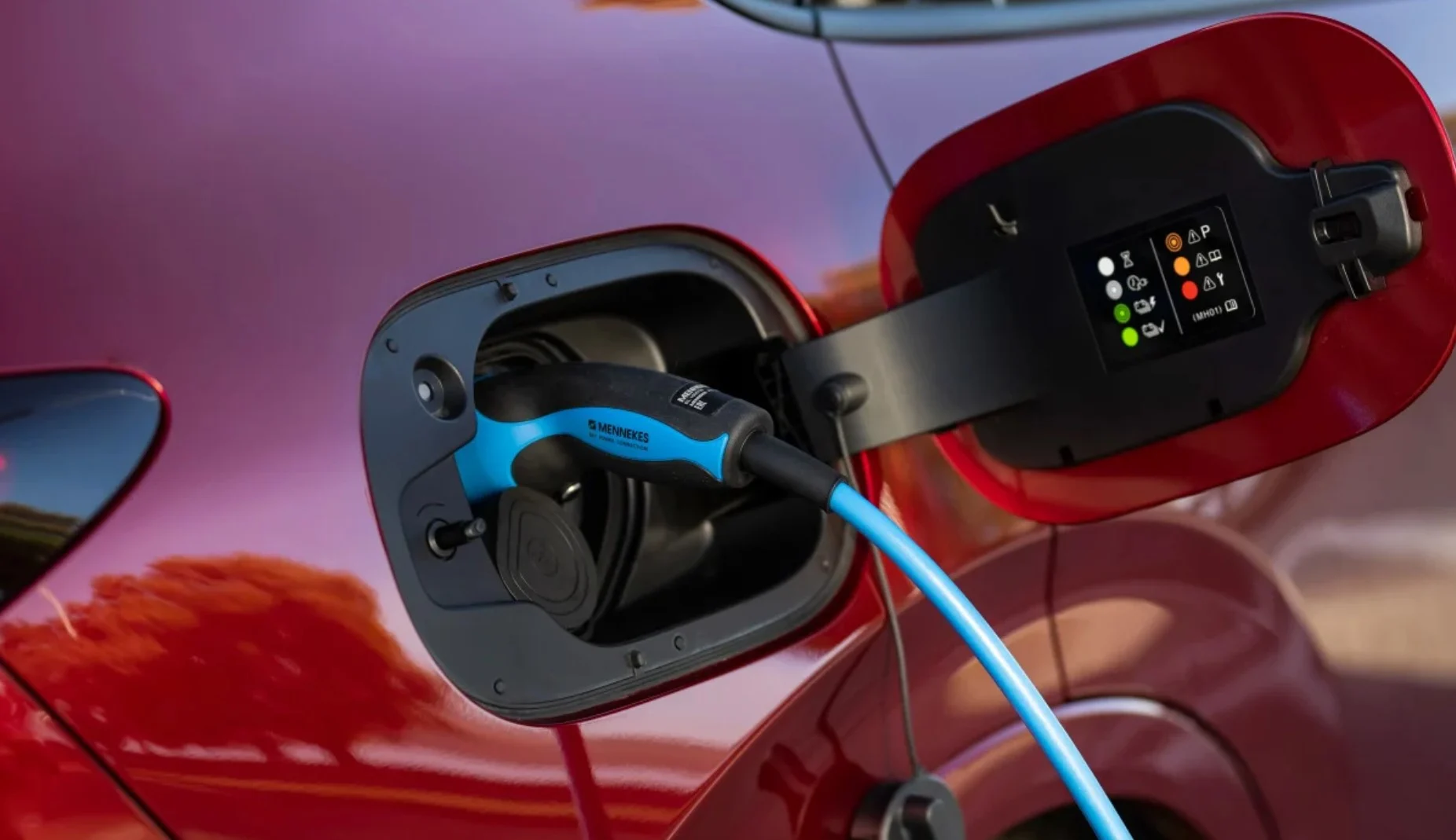U.S. Loosens EV Tax Credit Rules, Critics Accuse Biden Administration of Aiding China
The Treasury Department has issued final regulations for electric vehicle (EV) tax credits, potentially expanding eligibility for credits of up to $7,500. However, critics argue that the Biden administration’s move is favoring China.
Incentives to Boost EV Demand
The credits, ranging from $3,750 to $7,500 for new EVs and $4,000 for used ones, aim to stimulate EV demand, aligning with the Biden administration’s goal for half of new vehicle sales to be electric by 2030. Notably, credits are now available at the time of purchase instead of waiting for an income tax refund.
Complex Rules and Supply Chain Requirements
To qualify for credits, EVs must meet income, pricing, and battery-related requirements, with evolving regulations favoring domestic production and supply chains. Rules phased in from this year restrict full credits for vehicles containing battery materials from “hostile” nations, including China.
Exemptions and Criticism
The final rule exempts small amounts of certain minerals until 2027 due to tracing challenges, drawing criticism for aiding China. Critics, including the National Mining Association and Sen. Joe Manchin, argue that such exemptions violate the intent of the Inflation Reduction Act.
Industry Response and Uncertainty
Industry leaders acknowledge the need for a shift towards domestic EV production but caution against abrupt changes. The rule change is expected to increase EV eligibility for credits in the short term, but uncertainty remains until automakers complete mineral tracing.
Challenges and Slow EV Growth
Despite incentives, EV sales grew modestly this year, raising concerns about the pace of transition. China’s dominance in EV supply chain underscores the challenges of diversifying sources.
Administration’s View
Treasury Secretary Janet Yellen defends the tax credits as promoting consumer savings, job creation, and energy security. However, concerns persist about unintended consequences and geopolitical implications.















































